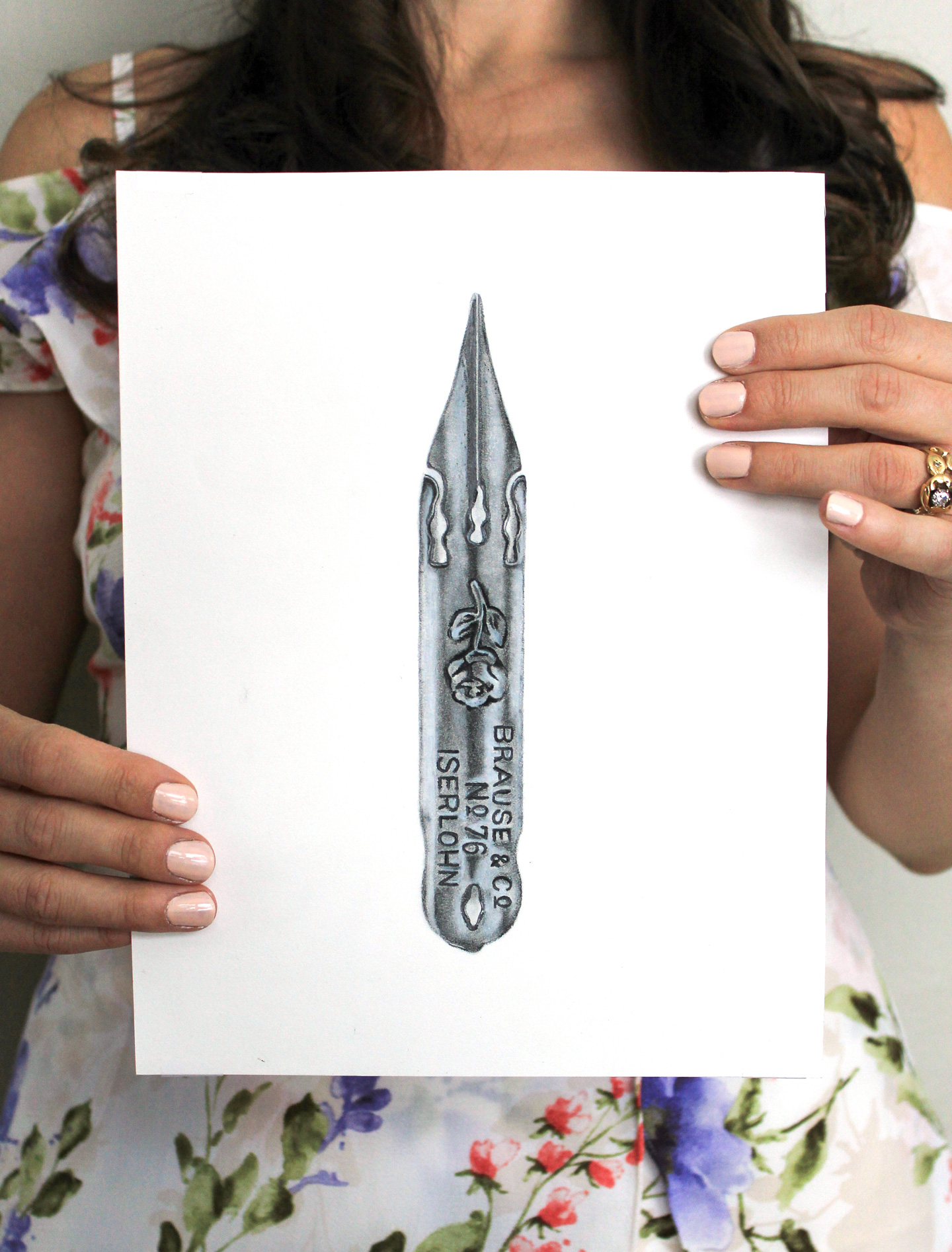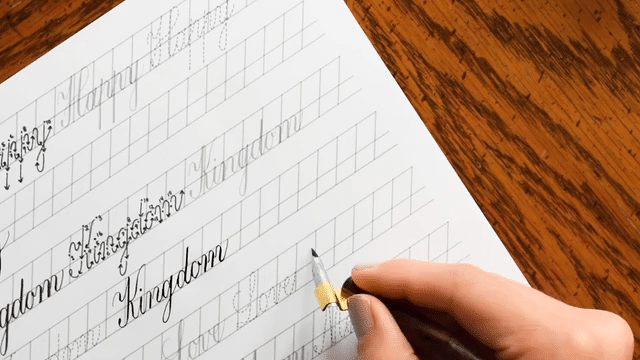
I have been creating sketchbook pages for years, and I wanted to share some of my techniques and inspiration with you as fuel for your sketchbook. If you are new to the sketchbooking world, a sketchbook is just any sort of blank book (ranging from spiral notecards to large books of high-grade paper) that a person transforms into a sort of visual diary.
Other people’s sketchbook pages fascinate me, as do my own from the past. As a fair warning, in a few years you may look back at some of your pages and cringe (what was I thinking?!), but others you will be glad you created.
There are a couple of books that strongly inspired me as I created my sketchbooks: Sabrina Ward Harrison’s Spilling Open: The Art of Becoming Yourself and Lynne Perrella’s Artists’ Journals and Sketchbooks: Exploring and Creating Personal Pages. Both influenced me in different ways; I appreciate Sabrina Ward Harrison’s openness and ability to spread feeling on a page. Lynne Perrella’s work is a compilation of different artists’ pages, along with a few how-tos such as ink transfers and binding techniques.
My own sketchbook pages reflect different methods I become obsessed with (e.g. stamping, drawing photos) and feelings. I hope that they will be valuable to you as inspiration for your own sketchbook pages!

This sketchbook page aims to capture a moment in time. It’s a pen and watercolor drawing of my grandparents’ kitchen in Denver. I recall pleasant memories when I look at this page. I used a gel pen to create this, and the pleasant gray tones were achieved simply by painting water over the ink. The ink merges on its own accord with the water. Light watercolor was used for the other tones.

This page is a good example of a hybrid sketchbook scrapbook page. It incorporates a newspaper clipping, stamps, and a theme of time and steps to outline my feelings concerning graduating from high school.

I used to conduct sketchbook collaborations/trades with friends, where I would draw a few elements and an artistic friend would fill in the rest (or vice versa). This is a great way to incorporate new ideas and styles into your sketchbook pages. The above page is my favorite product of our collaborations.

Any sketchbook has to have a healthy dose of angst. This page utilizes creepy vintage imagery to get its message across. The “BE MYSTERIOUS” was created with a white-out pen outlined in black gel ink, and the background is comprised of a page from an old atlas.

Feel free to utilize 3D elements in your sketchbook pages, as I have done above! I found the plastic sun and let the page develop around that with stamps, stylized text, and scrap paper.

Keep an eye out for interesting materials you can use. I found a printed piece of paper with a lot of characters on it and immediately saw potential. It reminded me of Monopoly, a game of luck and randomness. I added vintage and modern pictures for visual interest.

I love drawing around vintage elements. This man was taken out of an antique photography book — he lends amazing contrast to the colorful room. In this page, the green butterflies signify positive experiences; and the gray butterflies denote negative experiences.

A lot of people use sketchbook pages to document their travels. I would love to create a travel sketchbook one day using found elements from different countries I visit. This page reminds me of sitting in a Dublin hostel as a gifted Frenchman drew me. After he gave me the drawing, I returned to the US and added these interesting random elements.

This is my favorite sketchbook page of all time — and also a print for sale in my store. I took my sketchbooking operation to Starbucks in my hometown of Colby, Kan., and I used oil pastels, Starbucks brochures, and strong brewed coffee provided by the baristas to create the page. I am a big fan of using brewed coffee for an amazing yellowed finish. Wait for the coffee to dry, then layer on more to add visual interest. Vivid primary colors interact well with the coffee finish to create an aesthetically pleasing page.
I hope that these sketchbook pages have left you with some inspiration to create (or add to) your own sketchbook! I’d absolutely love to see what’s in your sketchbook, or what these pages prompt you to create. Feel free to leave links in the comments, or email your page(s) to [email protected]. If I receive enough pages, I’d love to create a compilation blogpost.
What are some of your favorite sketchbooking techniques? What topics do you sketchbook about?
*This post contains affiliate links to Amazon











